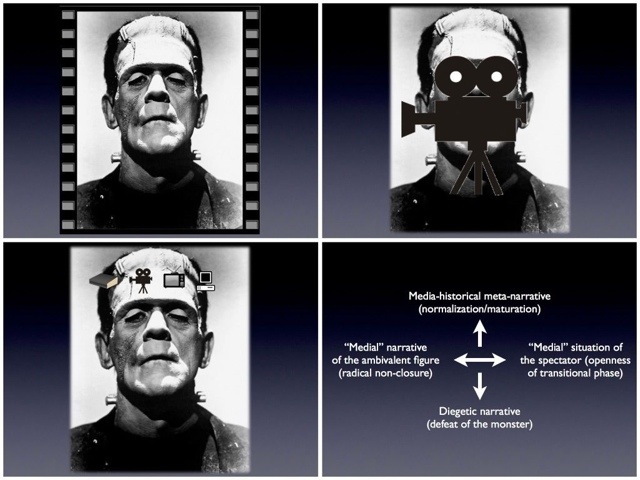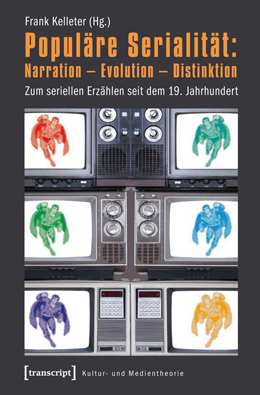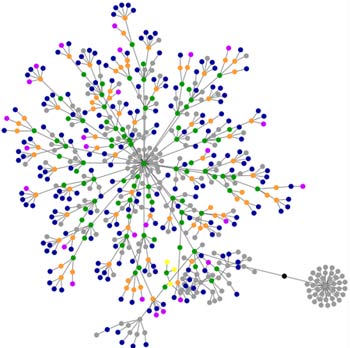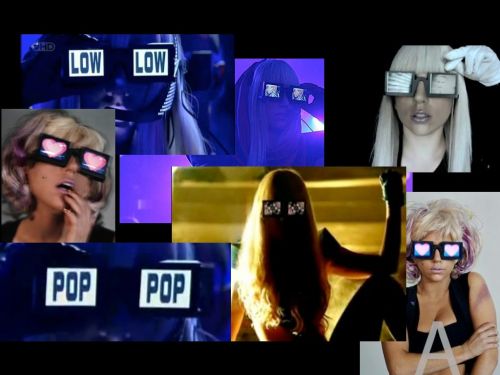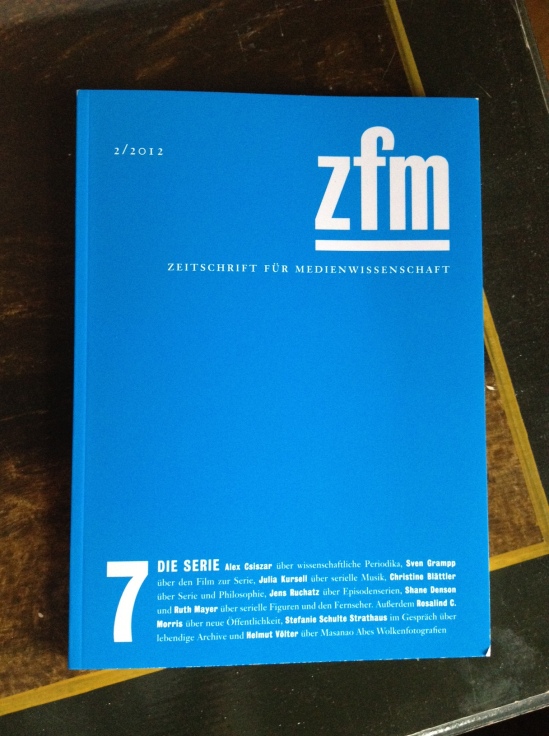
The new issue of Zeitschrift für Medienwissenschaft is out now. It’s a special issue on “The Series,” edited by Daniela Wentz, Lorenz Engell, Jens Schröter, Herbert Schwaab, and Benjamin Beil, and among a great set of articles it includes a piece I co-authored with Ruth Mayer, entitled: “Bildstörung: Serielle Figuren und der Fernseher” [roughly: Image Interference: Serial Figures and the Television]. Here’s the abstract:
This article investigates the logic and aesthetics of popular seriality by looking at several exemplary moments of medial recursivity – which we identify as a ‘motor’ of serial narration and proliferation. Our focus is on the medial development of serial figures – figures that are firmly established in the popular imagination and which have undergone multiple media changes in the course of their careers. In their serial reenactments, these figures are able to shed light on the ways in which the structures of a medial memory are established and updated, and how medial acts of forgetting are operationalized in this context. Exploring three case studies – the figures of Fu Manchu, Fantômas, and Batman – this article in particular reflects on the function of television with respect to its influence on the medial positionings and self-conceptions of other serial entertainment formats (the novel, film). We set out from the hypothesis that television is in many respects privileged in this role as a medium of reference. Not only its propensity for serial forms distinguishes it in this regard, but also its contradictory attributes of immateriality (television viewing) and apparatic presence (the television set) contribute to making the medium of television appear as both the epitome of serial sequentiality and as a disruptive factor or instrument for arresting the flow of serial figures’ stagings – thus covering a broad spectrum of medial reference functions.
And in German:
Dieser Aufsatz untersucht die Logik und Ästhetik populärer Serialität im exemplarischen Bezug auf das Moment der medialen Rekursivität, das hier als ‚Motor’ der seriellen Narration und Proliferation ausgemacht wird. Der Fokus liegt auf der medialen Entfaltung von seriellen Figuren – also Figuren, die in der populären Imagination fest etabliert sind und im Laufe ihrer Karriere mehrere Medienwechsel unterlaufen. In ihrer seriellen Fortschreibung vermögen solche Figuren Aufschluss darüber zu geben, wie Strukturen eines medialen Gedächtnisses etabliert und fortgeschrieben werden und wie mediales Vergessen in diesem Zusammenhang operationalisiert wird. Anhand dreier Fallbeispiele – der Figuren Fu Manchu, Fantômas und Batman – erkundet der Aufsatz insbesondere die Funktion des Leitmediums Fernsehen in seiner Wirkmacht für die mediale Selbstverortung und das Selbstverständnis anderer serieller Unterhaltungsformate (Roman, Spielfilm). Er geht von der Hypothese aus, dass das Fernsehen in vieler Hinsicht für diese Rolle als Referenzmedium privilegiert ist. Nicht nur sein serialitätsaffiner Charakter zeichnet es hierfür aus, sondern auch seine widersprüchlichen Attribute der Immaterialität (Fernsehen) und Apparathaftigkeit (Fernseher) tragen dazu bei, dass dieses Medium gleichermaßen als Inbegriff der seriellen Sequenzialität und als Störfaktor oder Instrument der Arretierung im Fluss der seriellen Figureninszenierung erscheinen kann – und damit ein breites Spektrum an Referenzfunktionen abdeckt.



